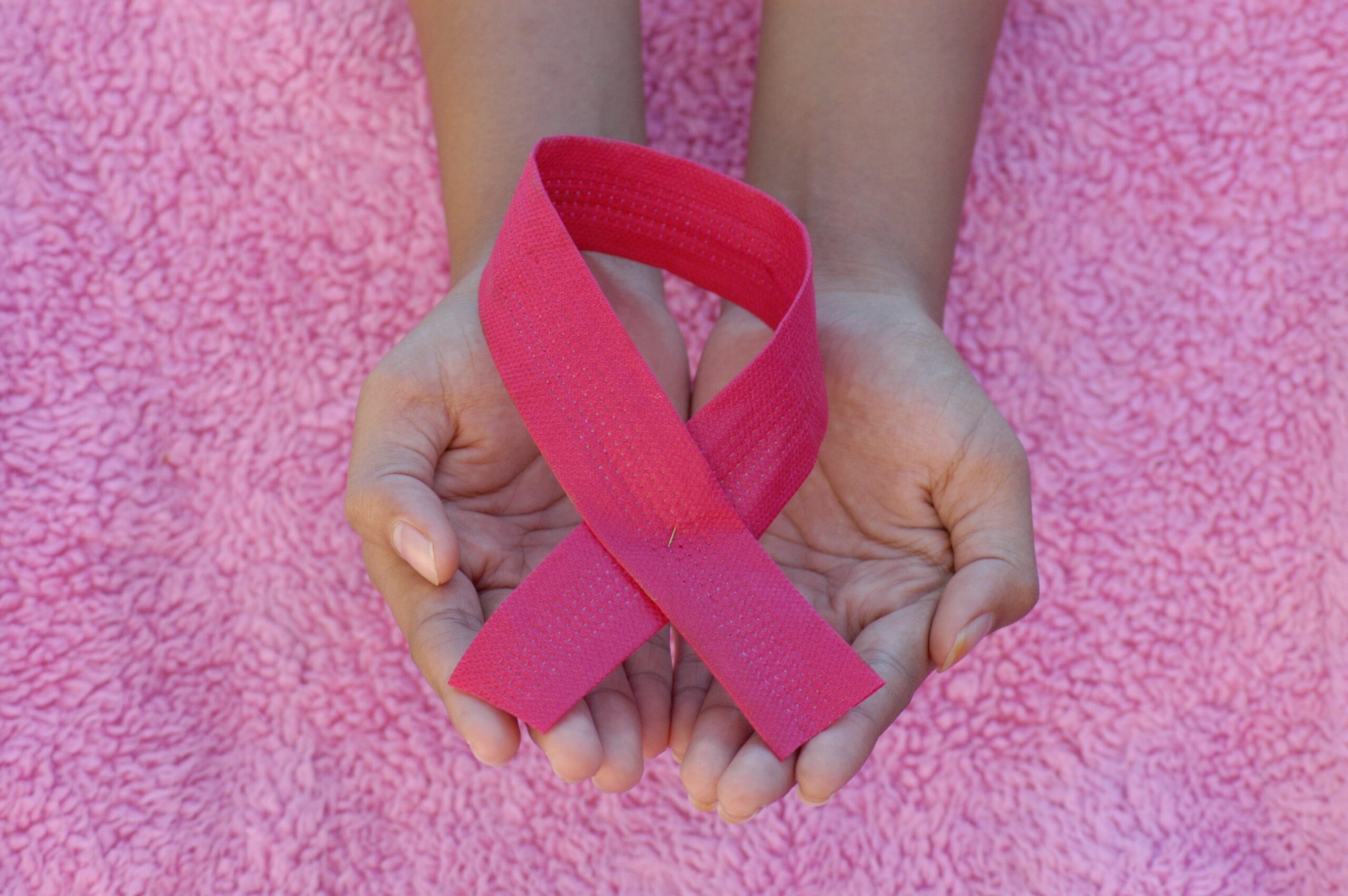Early Detection Saves Lives: Understanding Breast Cancer

Breast cancer is one of the most common forms of cancer among women worldwide. It is crucial to understand the importance of early detection in saving lives. By being aware of the risk factors, symptoms, and available screening methods, women can take proactive steps towards early detection and treatment. This article aims to provide a comprehensive understanding of breast cancer and emphasize the significance of early detection.
Risk Factors
While breast cancer can affect anyone, certain factors increase the risk. These include age, family history, genetic mutations, hormonal factors, reproductive history, and lifestyle choices. It is important for women to be aware of these risk factors and discuss them with their healthcare providers.
Age is a significant risk factor, with the majority of breast cancer cases occurring in women over 50. However, younger women can also develop breast cancer, emphasizing the importance of regular screenings for all age groups.
Family history plays a role in breast cancer risk. Women with close relatives who have had breast cancer, especially at a young age, may have an increased risk. Genetic mutations, such as BRCA1 and BRCA2, also increase the likelihood of developing breast cancer.
Hormonal factors, such as early menstruation, late menopause, and hormone replacement therapy, can contribute to breast cancer risk. Additionally, women who have never been pregnant or had their first child after the age of 30 may have a higher risk.
Lifestyle choices, such as excessive alcohol consumption, smoking, lack of physical activity, and obesity, can also increase the risk of breast cancer. Adopting a healthy lifestyle can help reduce the chances of developing the disease.
Symptoms
Recognizing the symptoms of breast cancer is crucial for early detection. While some cases may be asymptomatic, common symptoms include:
– A lump or thickening in the breast or underarm
– Changes in breast size or shape
– Nipple discharge or inversion
– Skin changes, such as redness or dimpling
– Persistent breast or nipple pain
It is important to note that these symptoms can also be caused by benign conditions. However, any unusual changes should be promptly discussed with a healthcare professional for further evaluation.
Screening Methods
Regular screenings are essential for early detection of breast cancer, even in the absence of symptoms. The most common screening methods include:
1. Mammography: This X-ray imaging technique is the gold standard for breast cancer screening. It can detect abnormalities before they are palpable and significantly improve the chances of successful treatment.
2. Clinical Breast Exam (CBE): During a CBE, a healthcare provider examines the breasts and underarms for any abnormalities, such as lumps or changes in texture.
3. Self-Examination: While self-examinations are not a substitute for professional screenings, they can help women become familiar with their breasts and notice any changes. Women should consult their healthcare providers for proper technique and frequency.
4. Genetic Testing: In cases with a strong family history or genetic mutations, genetic testing can help identify individuals at higher risk. This information can guide personalized screening and prevention strategies.
Early Detection and Treatment
Early detection plays a crucial role in improving breast cancer outcomes. When detected at an early stage, treatment options are more effective, and the chances of survival are significantly higher.
If a screening or examination detects an abnormality, further diagnostic tests, such as biopsies, may be necessary to confirm the presence of cancer. Once diagnosed, treatment options may include surgery, radiation therapy, chemotherapy, targeted therapy, or a combination of these approaches.
Conclusion
Understanding breast cancer and the importance of early detection is vital for every woman. By knowing the risk factors, recognizing the symptoms, and undergoing regular screenings, women can take control of their health and increase the chances of successful treatment. Remember, early detection saves lives, and together, we can fight against breast cancer.




